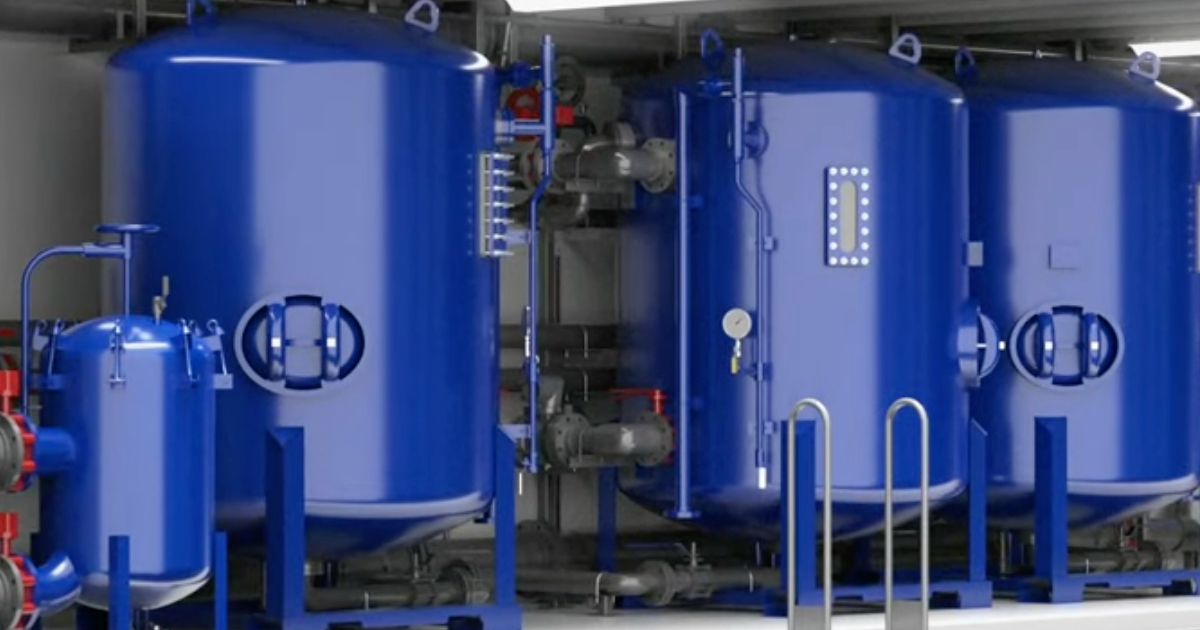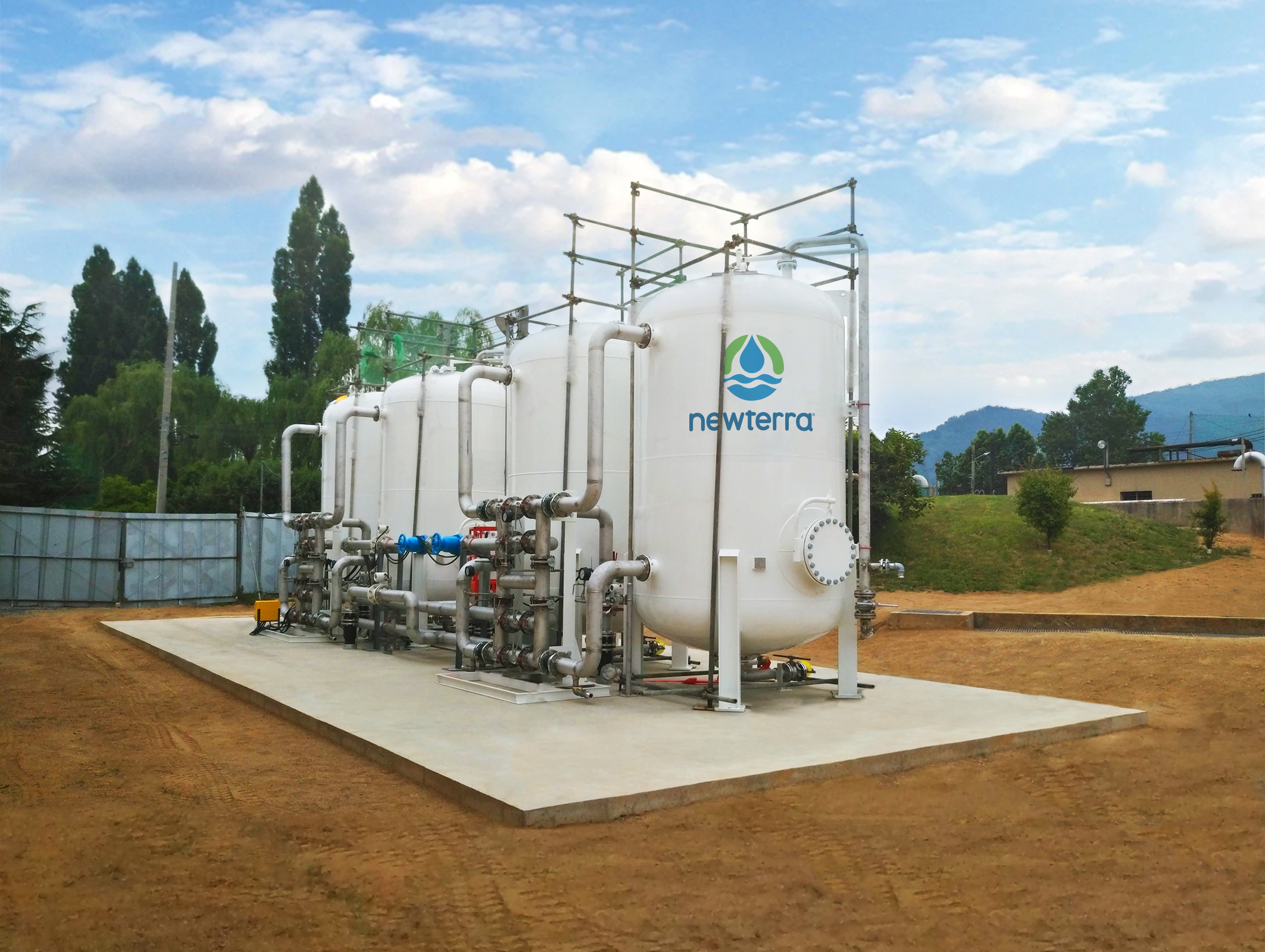Cutting-edge PFAS Treatment Solutions for Safer Water
The enhancing prevalence of PFAS contamination in water supplies requires a vital exam of cutting-edge treatment services. Furthermore, emerging bioremediation techniques offer a more lasting technique to tackling PFAS challenges. pfas management.
Introduction of PFAS Contamination
PFAS contamination has actually emerged as a considerable ecological and public wellness concern. Per- and polyfluoroalkyl substances (PFAS) are a group of synthetic chemicals recognized for their perseverance in the environment and human body, leading them to be commonly described as "for life chemicals." These compounds have been extensively used in various markets, including firefighting foams, water-repellent fabrics, and food packaging, mainly because of their water- and grease-resistant residential properties.
The widespread usage of PFAS has resulted in their discovery in dirt, water supplies, and even in the blood of humans and animals. Research studies have connected PFAS exposure to many health concerns, including developmental impacts in infants, immune system disorder, and numerous kinds of cancer cells. Furthermore, the environmental persistence of these substances complicates their degradation and removal, increasing issues about long-term eco-friendly impacts.
Regulative bodies are increasingly implementing rigorous guidelines to monitor and lower PFAS levels in drinking water and various other environmental tools. As understanding of PFAS contamination grows, it has actually ended up being critical for neighborhoods and industries to look for effective therapy solutions to minimize exposure and secure public health.
Advanced Purification Technologies
As the seriousness to resolve PFAS contamination increases, advanced purification technologies have actually arised as an essential element in the removal efforts focused on getting rid of these consistent chemicals from water resources. These innovations utilize advanced devices to properly target and capture PFAS substances, which are notoriously resistant to conventional therapy approaches.
One of the most encouraging techniques is making use of granular triggered carbon (GAC), which adsorbs PFAS particles due to its high surface area and permeable framework. This approach has been commonly carried out in both metropolitan and industrial setups, showing significant decreases in PFAS concentrations. Additionally, ion exchange materials have gained grip, particularly made to selectively bind PFAS ions from water, thus facilitating their removal.
Membrane filtering modern technologies, such as reverse osmosis and nanofiltration, likewise show effectiveness in PFAS removal by literally dividing pollutants from water - pfas management. These systems can accomplish high degrees of pureness, making them appropriate for alcohol consumption water applications
Chemical Treatment Developments
Many chemical therapy advancements are being checked out to successfully attend to PFAS contamination in water products. One encouraging technique includes the use of innovative oxidation processes (AOPs), which use effective oxidants such as ozone, hydrogen peroxide, or chlorine dioxide integrated with UV light to break down PFAS substances into less hazardous substances. This method has shown efficiency in research laboratory setups, revealing prospective for scalability in real-world applications.
One more ingenious technique is the development of ion-exchange materials especially created to target PFAS. These resins can selectively adsorb PFAS substances from water, enabling for their elimination during treatment procedures. Current developments have boosted the effectiveness and capacity of these materials, making them a desirable choice for water treatment centers.
Furthermore, researchers are exploring the usage of chemical agents like persulfate and ferrous ions to boost the deterioration of PFAS in contaminated water. These representatives can induce chemical reactions that help with the breakdown of consistent PFAS compounds.
Arising Bioremediation Techniques
Current developments in chemical therapy developments have actually led the way for exploring bioremediation methods as a practical choice for dealing with PFAS contamination. Bioremediation harnesses the all-natural metabolic processes of bacteria to degrade or transform toxins, making anonymous it an attractive approach for dealing with relentless contaminants like PFAS.
Emerging strategies in bioremediation consist of making use of genetically crafted microbes that can specifically target and break down PFAS substances. These microbial strains are being established for their boosted degradation abilities, boosting the efficiency of the remediation procedure. In addition, researchers are checking out the potential of plant-assisted bioremediation, where certain plant types might uptake and withdraw PFAS from infected soil and water.
One more appealing strategy is the application of bioaugmentation, which entails introducing valuable microorganisms into contaminated atmospheres to improve the destruction of PFAS. This approach can facilitate faster remediation timelines and improve overall efficiency.

Governing Structures and Standards
An extensive regulative framework is necessary for properly taking care of PFAS contamination and making certain public wellness defense. The increasing recognition of per- and polyfluoroalkyl substances (PFAS) as environmental pollutants has prompted various government and state firms to create criteria that control their visibility in water supplies. The U.S. Environmental Protection Agency (EPA) has developed wellness advisories and is functioning toward setting enforceable limits for PFAS in alcohol consumption water.
State-level laws differ significantly, with some states taking on stricter standards than those proposed by the EPA. These guidelines often consist of optimum pollutant levels (MCLs) for particular PFAS compounds, monitoring requirements, and reporting commitments for water utilities. Additionally, arising frameworks concentrate on the remediation of contaminated websites, stressing the requirement for effective therapy innovations.

Conclusion
Finally, the advancement and application of innovative PFAS therapy options are important for addressing the prevalent problem of water contamination. Advanced filtration modern technologies, chemical therapies, and emerging bioremediation strategies jointly present a complex technique to effectively lower and break down PFAS levels. As regulative frameworks proceed to develop, incorporating these innovations will be necessary to protect public wellness and bring back the integrity of infected water sources, ultimately adding to a my response cleaner and safer setting.